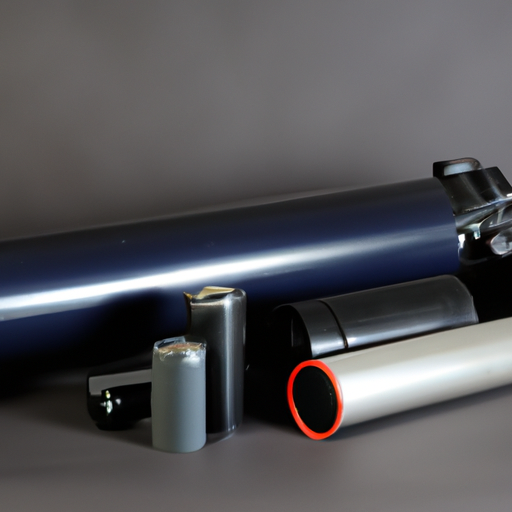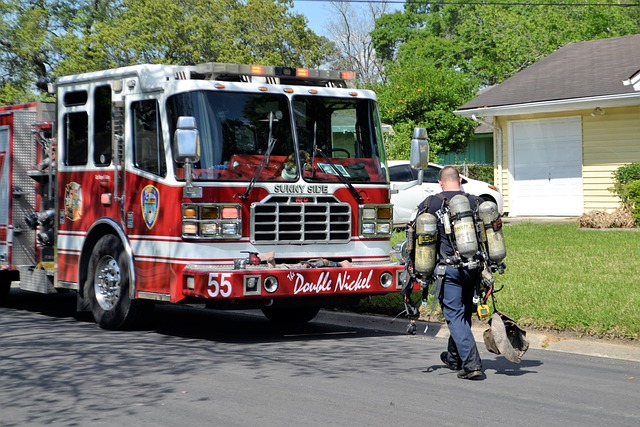This blog post delves into the world of ballistic protection, explaining its importance in ensuring the safety and security of individuals in various high-risk situations. We discuss different types of ballistic protection, the science behind it, technological advancements, and its various applications.
Understanding Ballistic Protection: What does it truly entail?
Ballistic protection is a critical aspect of security and defense, especially in today's uncertain times. It refers to the measures and equipment designed to shield individuals from the impact of projectiles, such as bullets or shrapnel. But ballistic protection entails much more than just a bulletproof vest or helmet. It encompasses a comprehensive approach that combines various components to ensure maximum safety and survivability.
First and foremost, the design and construction of ballistic protection gear are crucial. Advanced materials, such as aramid fibers or ceramic plates, are employed to create lightweight yet highly resistant armor. These materials are carefully engineered to withstand the immense force and energy generated by a projectile impact, effectively dissipating it and minimizing injury.
Additionally, ballistic protection involves rigorous testing and certification processes. Various international standards, such as the National Institute of Justice (NIJ) standards in the United States, dictate the minimum levels of protection that armor must meet. These standards consider factors like the type and velocity of projectiles to ensure that the armor can withstand real-world threats.
Furthermore, ballistic protection extends beyond personal armor. It also encompasses the design and fortification of structures, vehicles, and even entire military installations. Bullet-resistant glass, reinforced walls, and blast-resistant materials are all part of the comprehensive approach to protecting individuals and assets from ballistic threats.

A photo showing various types of ballistic protection equipment.
The Science Behind Ballistic Protection: How does it work?
Ballistic protection may seem like magic, but it is actually rooted in scientific principles and engineering expertise. Understanding how it works is essential for appreciating its effectiveness in safeguarding lives.
- 1. Energy Dissipation:
One of the key mechanisms behind ballistic protection is energy dissipation. When a projectile strikes the armor, the energy from the impact needs to be dispersed to prevent it from penetrating and causing harm. This is achieved through the use of materials with high tensile strength and elasticity. These materials absorb and distribute the energy throughout their structure, reducing the force transmitted to the wearer. The combination of layers, such as Kevlar or ballistic plates, further enhances energy dissipation by providing multiple barriers for the projectile to overcome. - 2. Deformation and Fracture Resistance:
Ballistic protection also relies on the ability of materials to resist deformation and fracture. Upon impact, the armor material must maintain its structural integrity and prevent the projectile from penetrating. Materials like ceramics or composite metals are designed to absorb the force of the impact by deforming without fracturing. This deformation spreads the energy over a larger area, reducing the likelihood of penetration. - 3. Trauma Mitigation:
In addition to preventing penetration, ballistic protection aims to minimize trauma to the wearer. The design of armor takes into account the distribution of impact forces and the potential for secondary injuries caused by blunt trauma. Soft armor, such as Kevlar vests, includes layers of padding and spacers to absorb and disperse the force across a larger surface area, reducing the risk of broken bones or internal injuries. Similarly, helmets are designed with shock-absorbing materials and suspension systems to minimize the impact of head injuries.
"The Evolution of Ballistic Protection: How far have we come?"
Over the years, the evolution of ballistic protection has been nothing short of remarkable. From ancient civilizations using animal hides as rudimentary armor to the sophisticated materials and technologies available today, the advancements in ballistic protection have saved countless lives.
In ancient times, warriors would rely on layers of leather or metal to provide some level of protection against projectiles. While these early forms of armor were far from perfect, they laid the groundwork for future developments. The introduction of metal plate armor during the Middle Ages marked a significant leap forward in ballistic protection, providing enhanced defense against arrows and bladed weapons.
Fast forward to the 20th century, and we witnessed the emergence of more advanced materials like Kevlar. Developed in the 1960s, Kevlar revolutionized ballistic protection with its lightweight yet incredibly strong properties. It became the go-to material for soft body armor, offering reliable defense against bullets and shrapnel.
In recent years, the integration of ceramics and composite metals has further improved ballistic protection. These materials offer exceptional strength-to-weight ratios, enabling the creation of lighter and more effective armor. Additionally, advances in manufacturing techniques, such as nanotechnology, have allowed for the production of armor with enhanced properties like improved flexibility and durability.
The evolution of ballistic protection has not only focused on individual protection but also on collective defense. The development of armored vehicles, bulletproof glass, and fortified structures has expanded the scope of ballistic protection, ensuring the safety of military personnel, law enforcement officers, and even civilians in high-risk areas.

A historical photograph showing early examples of ballistic protection.
The Future of Ballistic Protection: What can we expect?
With advancements in technology accelerating at an unprecedented pace, the future of ballistic protection holds exciting possibilities. New materials and designs are being explored to create even more effective and lightweight armor. Three-dimensional printing, for instance, could revolutionize the manufacturing process, allowing for customized and intricate designs that provide optimal protection. Additionally, the integration of nanotechnology may lead to the development of self-healing materials that can repair themselves after sustaining damage.
In the realm of body armor, wearable technology is expected to play a significant role. Smart fabrics embedded with sensors could provide real-time monitoring of vital signs, alerting wearers to potential injuries or threats. Furthermore, the integration of augmented reality (AR) technology into helmets and visors could enhance situational awareness, providing users with critical information in high-pressure situations.
The future of ballistic protection is not limited to personal defense. The development of advanced vehicle armor is underway, incorporating technologies such as active protection systems and reactive armor. These innovations aim to detect and neutralize incoming threats, ensuring the safety of occupants. Additionally, research is being conducted to create lightweight, transparent materials that offer ballistic protection, revolutionizing the field of bulletproof glass and enhancing the security of buildings and vehicles.
Types of Ballistic Protection:
| Type of Protection | Composition | Strength | Applications |
|---|---|---|---|
| Hard Armor | Laminated Plate | High | Military and Law Enforcement |
| Soft Armor | Flexible Fabric | Moderate | Civilian Use |
| Ballistic Glass | Laminated Glass | High | Vehicles and Buildings |
| Explosive Protection | Steel Plate | High | Military and Law Enforcement |
In a world where threats can arise unexpectedly, ballistic protection serves as a crucial line of defense, saving countless lives in military, law enforcement, and even civilian contexts. The continuous advancements in technology promise a future where ballistic protection is more efficient, lightweight, and widely accessible. Its importance cannot be overstated, and its continued development will undoubtedly play a pivotal role in the safety and security of individuals worldwide.



















